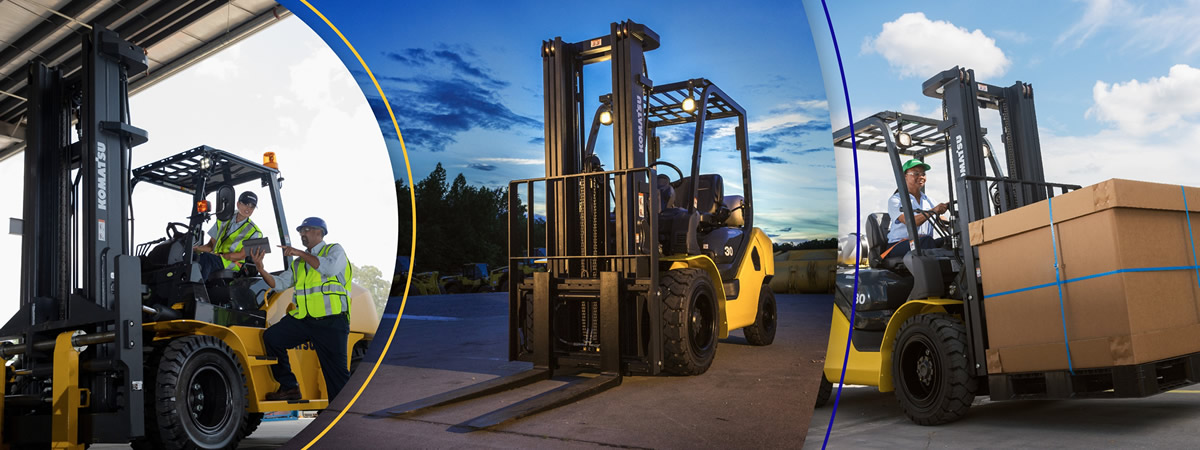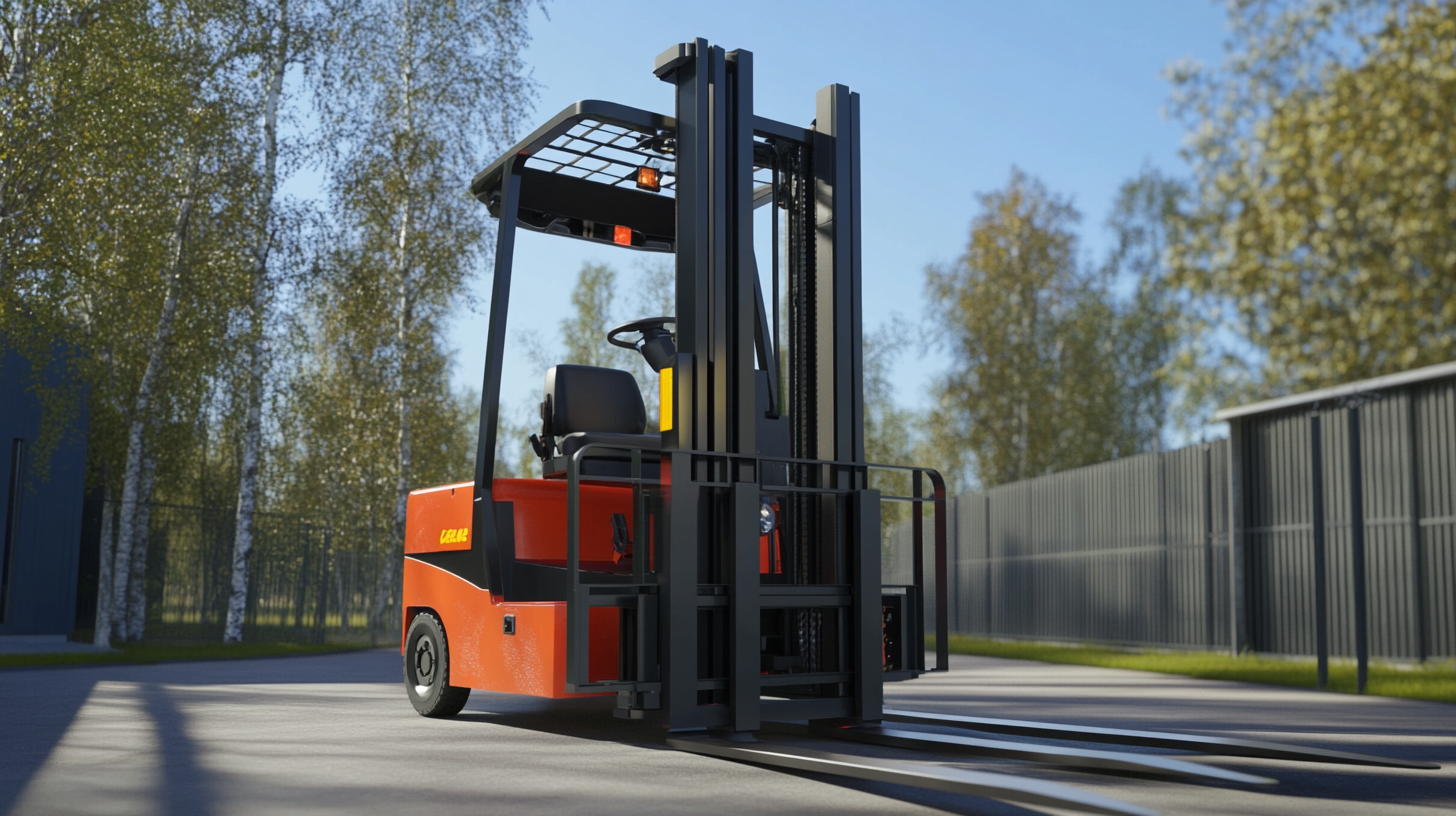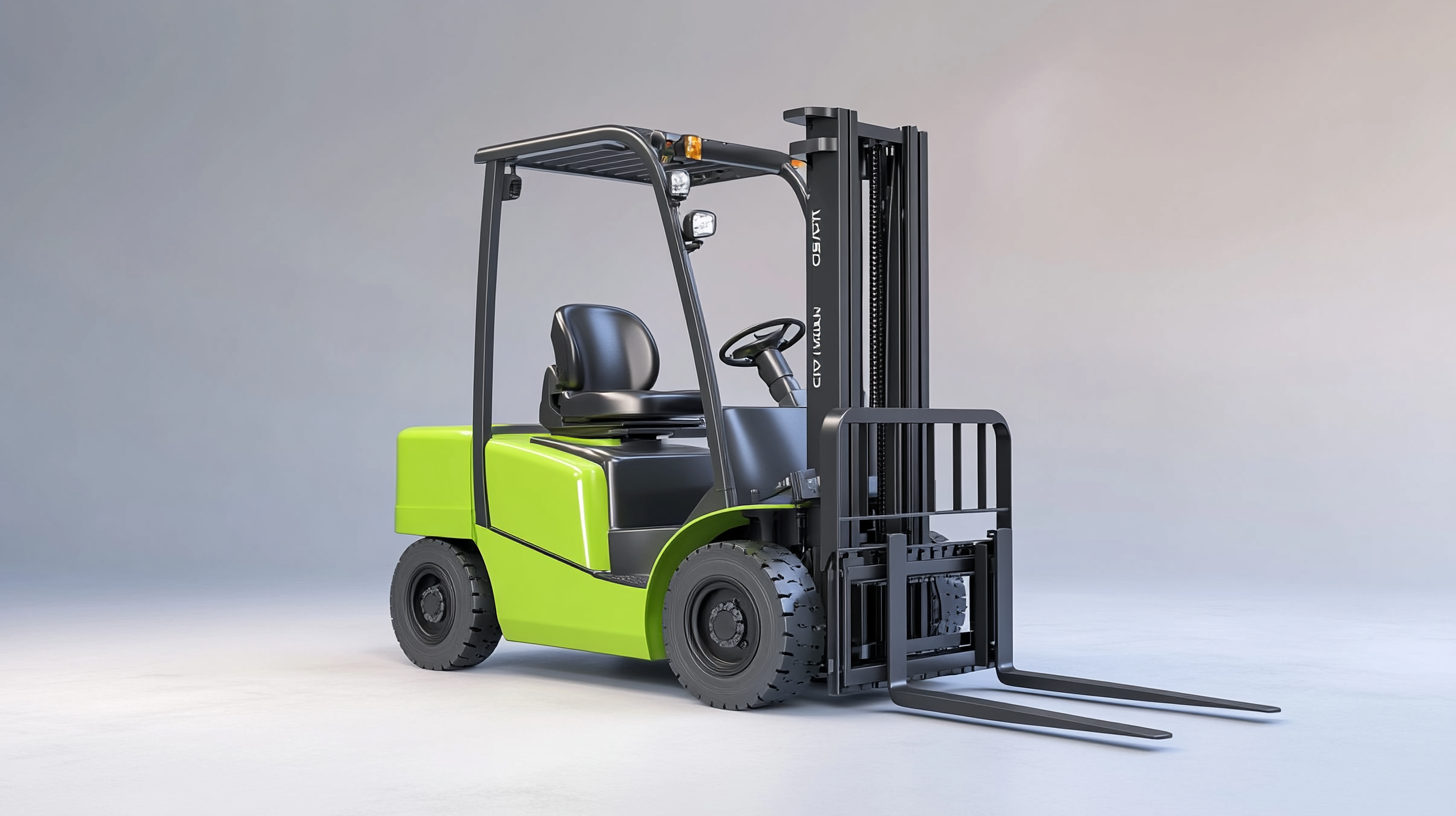
In today’s fast-paced industrial environment, the importance of proper training for forklift operators cannot be overstated. Fork Lift Truck Training equips employees with vital skills and knowledge to safely maneuver these powerful machines, ultimately reducing accidents and increasing operational efficiency. As businesses strive to optimize their logistics and warehouse operations, investing in quality training programs has become a cornerstone of workplace safety and productivity.
This blog will delve into real-world applications of Fork Lift Truck Training, showcasing success stories from various industries that highlight the transformative impact of comprehensive training initiatives. By examining these case studies, we aim to illustrate how effective education can lead to substantial improvements in safety records, employee confidence, and overall operational success. Join us as we explore the tangible benefits that properly trained forklift operators bring to their organizations and the lessons that can be learned from their achievements.

In the fast-paced world of warehousing and logistics, forklift operations are integral to efficiency but come with significant safety risks. According to the Occupational Safety and Health Administration (OSHA), forklift accidents are responsible for approximately 85 fatalities and 34,900 serious injuries annually in the United States alone. This alarming statistic highlights the need for effective forklift training programs. Companies that have implemented comprehensive training initiatives report not only a decline in accidents but also an overall improvement in workplace morale and productivity. One notable success story comes from a large distribution company that adopted a robust forklift training regimen. By utilizing a combination of hands-on training and simulation technology, they reported a remarkable 40% decrease in workplace incidents within the first year. Their emphasis on continuous education and skills refreshers helped maintain a safety-conscious culture amongst employees, reinforcing the importance of following safety protocols. Additionally, they observed a reduction in equipment damages, saving the company thousands of dollars in repair costs each year. Data from the National Safety Council indicates that organizations with regular safety training experience a significant reduction in worker's compensation claims, often by as much as 25%. This positive trend was evident in a manufacturing facility that implemented weekly refresher courses for forklift operators and saw incidents decline drastically. Such statistics underscore the undeniable link between thorough training and enhanced workplace safety, proving that investing in forklift training is not just a regulatory obligation but a strategic business decision.

Forklift training plays a crucial role in enhancing productivity across various industries, enabling businesses to maximize their operational efficiency. Organizations that invest in comprehensive training programs for their forklift operators frequently report significant improvements in their workflow management. By ensuring that operators are skilled in safe practices and proper equipment handling, companies can minimize accidents and reduce downtime, which ultimately contributes to a more productive workplace.
One successful case comes from a logistics company that implemented a rigorous forklift training program. After the training, operators demonstrated a 30% increase in load handling efficiency, directly impacting the speed at which goods were processed and dispatched. Additionally, the reduction in workplace accidents not only fostered a safer environment but also decreased insurance costs, allowing the company to reinvest those savings into further training and resources. This positive cycle of training and increased productivity emphasizes how crucial well-trained operators are to a company’s overall success.
Furthermore, effective forklift training cultivates a culture of safety and diligence among employees. Workers feel more confident in their abilities, leading to enhanced morale and job satisfaction. This empowerment translates into better performance, as individuals take pride in their expertise and contribute meaningfully to their teams. Companies that recognize and harness the impact of forklift training often see a ripple effect throughout the organization, with improved collaboration and a stronger commitment to operational excellence.

In today's competitive warehouse and logistics environment, the importance of fork lift truck training cannot be overstated. A recent report from the Occupational Safety and Health Administration (OSHA) reveals that unsafe lifting practices contribute to approximately 85 fatalities and over 34,000 serious injuries each year in the warehousing sector. These alarming statistics highlight the urgent need for comprehensive training programs for operators, which not only enhance safety but also significantly improve operational efficiency.
Take the case of a mid-sized distribution center that implemented a rigorous fork lift truck training program. Within just six months of training their operators, the facility reported a 30% reduction in workplace accidents. The trained operators expressed greater confidence and skill in maneuvering equipment, leading to improved performance metrics, including a noticeable 15% increase in productivity. This transformation demonstrates how proper training not only safeguards employees but also elevates overall business effectiveness.
Another compelling example comes from a large manufacturing plant where a tailored training program resulted in remarkable improvements. Following the introduction of enhanced training methods, the plant documented a 25% decrease in equipment damage and a 20% reduction in cycle times for material handling. These improvements not only provided immediate cost savings but also fostered a culture of safety and accountability among employees, reinforcing the value of investing in workforce education.
With the data firmly supporting the benefits of fork lift truck training, real-life transformations such as these serve as powerful case studies for industries seeking to enhance safety and productivity through skilled operators.

In the realm of forklift operation, innovative training methods are revolutionizing how organizations educate their workforce. Traditional training programs often rely on theoretical instruction, which may not capture the attention of today’s learners. According to a 2022 report by the National Institute for Occupational Safety and Health (NIOSH), companies employing interactive training techniques see a 30% increase in knowledge retention compared to conventional methods. Engaging solutions such as virtual reality (VR) simulations and gamified learning modules are becoming popular choices, allowing trainees to experience realistic scenarios without the risks associated with live training.
The implementation of VR in forklift training not only enhances engagement but significantly improves safety outcomes. A case study by ForkliftTraining.com highlighted a major warehouse that adopted a VR training program and subsequently reported a 40% decrease in accident rates within the first six months. With immersive technology, operators can navigate detailed 3D environments and practice complex maneuvers, greatly enhancing their practical skills before they even approach an actual forklift.
Furthermore, organizations are increasingly harnessing mobile learning platforms to make training more accessible. A 2023 survey by the American Society of Safety Professionals indicated that 65% of companies utilizing mobile learning reported increased employee participation and satisfaction. This flexibility allows employees to learn at their own pace and revisit content as needed, paving the way for a more knowledgeable and safety-conscious workforce. Embracing these innovative methods is not just beneficial for employees; it ultimately contributes to a culture of safety and efficiency across the industry.
Investing in forklift training is not merely a regulatory measure; it’s a strategic financial decision that can significantly enhance a company’s bottom line. Organizations that prioritize comprehensive forklift training programs often report quantifiable returns on investment (ROI) through reduced operational costs and increased productivity. For instance, businesses that implement structured training can dramatically decrease the likelihood of workplace accidents, which can lead to costly medical expenses, downtime, and potential legal liabilities. By cultivating a culture of safety through skilled operators, companies shield themselves from unforeseen financial burdens.
Moreover, proper forklift training can lead to improved efficiency in material handling. Employees who are well-trained can maneuver equipment with precision, minimizing product damage and optimizing workflow. This ensures that resources are used effectively, translating into higher output within shorter timeframes. Companies often notice a reduction in the time products spend in transit, allowing for faster turnaround times and enhanced customer satisfaction—all of which contribute to increased revenue.
Additionally, organizations can track the financial benefits of forklift training by comparing operational metrics before and after program implementation. Metrics such as accident rates, damage costs, and productivity levels can provide tangible evidence of the training’s impact. Many businesses have shared success stories highlighting significant savings that stem directly from investing in their workforce’s capabilities, showcasing that forklift training is not just a cost, but a valuable investment leading to long-term financial gains.
Content © 2025 Komatsu. All Rights Reserved
